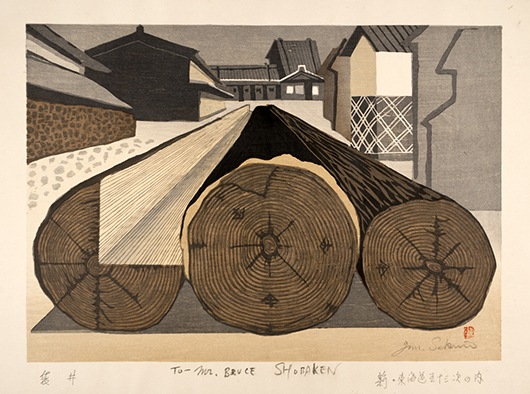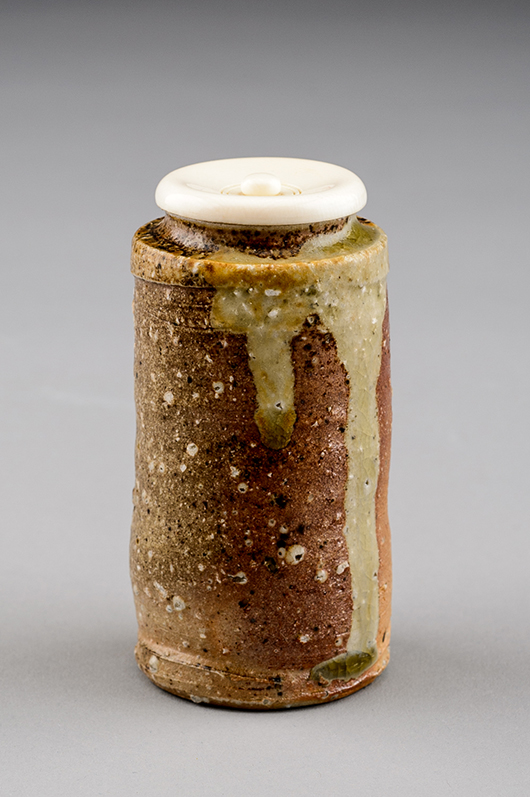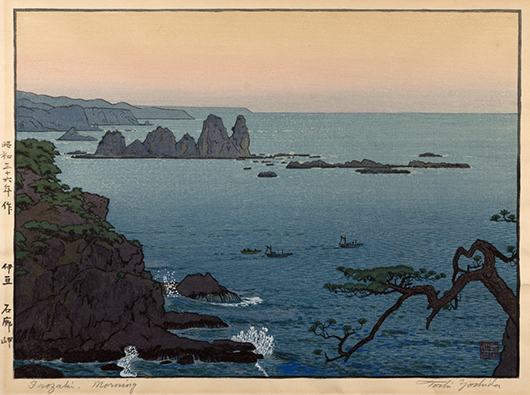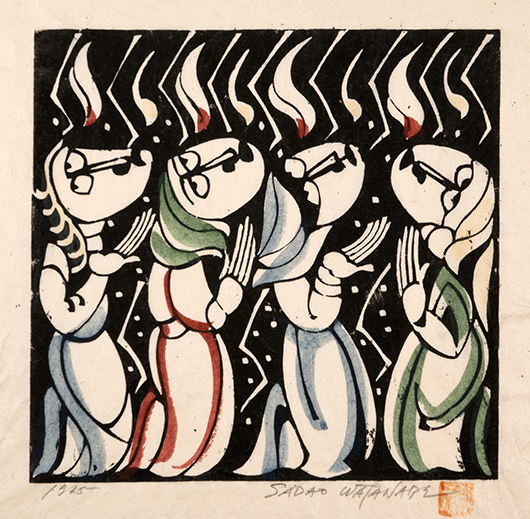
The Palmer Museum of Art’s exhibit “Forging Alliances” expresses an idea of a nation attempting to redefine itself as a country rooted in tradition but with modern culture.
All of the works featured in “Forging Alliances” were selected by Christopher Reed, professor of English and visual culture, and Jonathan Abel, assistant professor of comparative literature and Asian studies. Patrick McGrady is the coordinating curator of the Palmer Museum of Art and helped organize the display.
The point of the exhibition is to highlight the role of art in re-establishing friendly relations between Japan and the United States after World War II. During the war, Americans were encouraged to think of the Japanese as violent, faceless and completely dedicated to their emperor, without the ability to think for themselves.
“After the war, Japanese and sympathetic Americans encouraged the production and appreciation of creative and individualistic modern versions of traditional Japanese art forms, especially woodblock prints and pottery,” Reed said. “So that is the theme of this art: individual artists’ creative versions of traditional techniques.”
All of the art in the show is created by Japanese artists, printmakers or potters. The printmakers were part of what was called the “Creative Print Movement,” a Western-influenced trend that used traditional woodblock techniques in modern ways to emphasize the creativity of individual Japanese printmaking artists. All the pieces are part of the collection of the Palmer Museum of Art, where many of the ceramics are on permanent display.
Many of the prints were owned by the library at Penn State, including two prints that came from a Japanese artist, Junchiro Sekino, who came to Penn State to offer workshops. One is dedicated with an inscription in pencil to Professor Bruce Shobaken, who was one of his hosts.
Many of the ceramics were collected by the late art education professor Ken Beittel, who studied in Japan in 1968 and later hosted his Japanese teacher at Penn State. During a sabbatical in Arita in 1967, Beittel studied with Manji Inoue and acquired a collection of postwar ceramics. This kind of interchange was encouraged by governmental and other institutions in the postwar years.
Penn State joins the many who assert that art has the ability to transcend boundaries culturally or politically.
“Our goal in choosing the works was to show how Penn State, like many other American art institutions, was involved in efforts to use art to forge alliances between America and Japan,” Reed said.
Reed said he had the idea for the show three or four years ago, and he and Abel picked the prints two years ago. They worked with students in a class they co-taught last semester to add the ceramics and books and to write the labels. The exhibition served as the subject for their fall 2013 seminar “Mapping Identity, Difference and Place,” in which students researched and provided didactic information for each of the pots and prints on view.
“The intrinsic beauty of many of the prints and pots on display is quite apparent; this is a lovely show to look at, and the Palmer has done a wonderful job installing it,” Reed said. “The story we want to tell about the context in which these objects were made and traveled around the world to be here adds interest to that beauty.”
Beyond the forging of alliances between two nations, Reed said he hopes that art observers also will see how the university has played an important role in this chapter of history.
“We hope that viewers will be interested in this historical episode, in which art played an important role in international politics and diplomacy, and in Penn State’s place in that history,” he said.
___
Online:
___
Information from: Centre Daily Times, http://www.centredaily.com
Copyright 2014 Associated Press. All rights reserved. This material may not be published, broadcast, rewritten, or redistributed.
AP-WF-01-17-14 2001GMT
ADDITIONAL IMAGES OF NOTE





